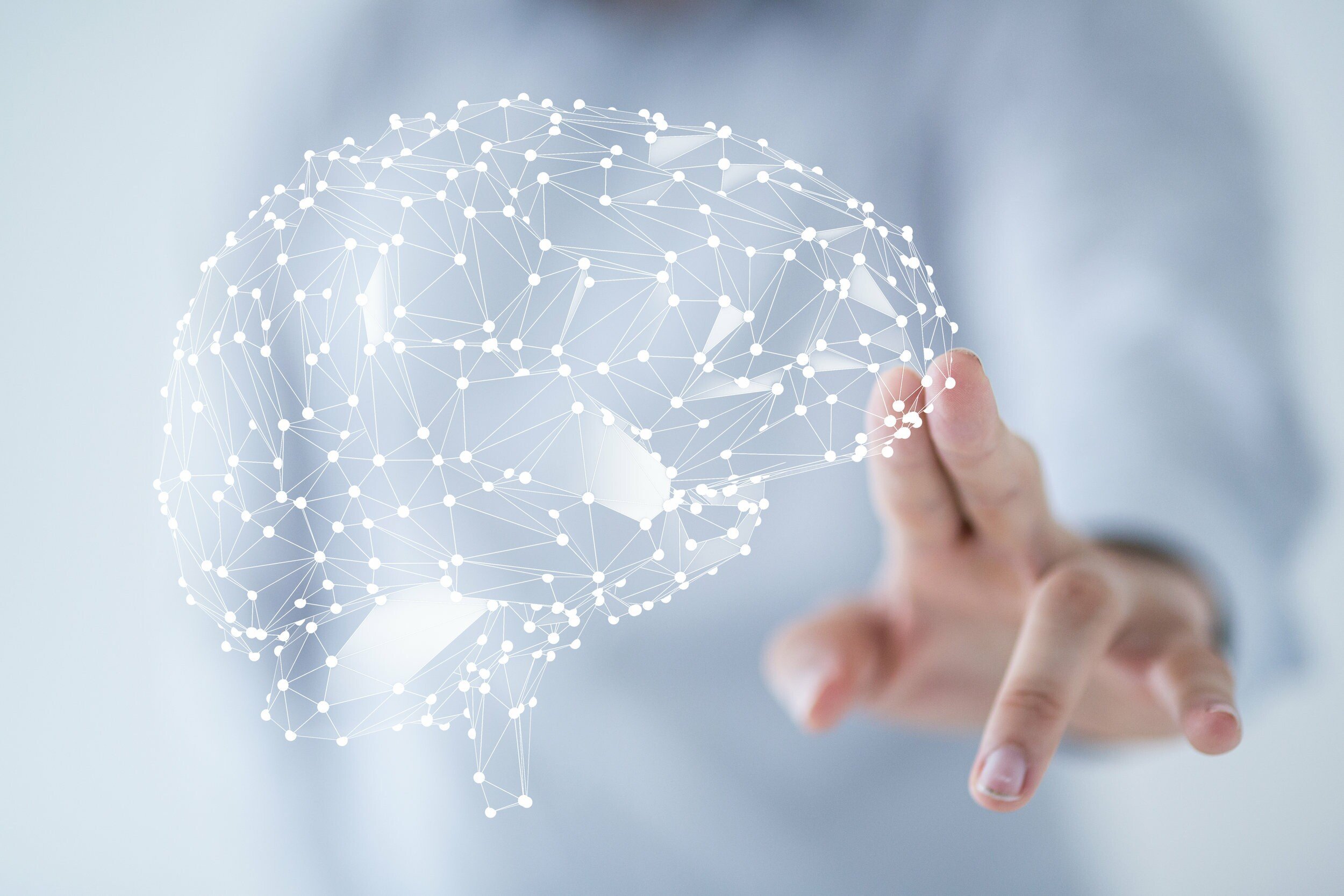
How do I know if I have had a concussion?
There are many things each and every one of us should be educated in like CPR and the Heimlich maneuver, but have you given thought to knowing the signs of a concussion?
Not many people know what to look for, yet any one of us can fall victim to one at any given moment!
A concussion is a type of traumatic brain injury caused by a bump, blow, or jolt to the head or by a hit to the body that causes the head and brain to move rapidly back and forth. Many times, this is a fall, sport contact, or auto accident. This sudden movement can cause the brain to bounce or twist in the skull, creating chemical changes in the brain and sometimes stretching and damaging brain cells.
While initially the injury may not specifically cause any pain, if left untreated, it can cause severe damage and long-term side effects including hindering the ability to learn, hear, speak, remember things, balance, and even show emotion.
You may have suffered a concussion if you’ve lost consciousness (even momentarily), or are experiencing different sized pupils, slurred speech, nausea, unusual agitation, convulsions or seizures, headaches, drowsiness or inability to wake up, weakness, dizziness, decreased coordination, and/or vomiting and nausea.
The signs of a concussion vary from individual to individual as not all head traumas will be exactly the same.
If you are exhibiting even 1 symptom after falling or otherwise jolting your head, it’s best to play it safe and seek medical attention immediately.
Functional Neurology plays a huge role in aiding in holistic recovery from conditions including concussions, as the drug-free therapies that have been developed are quite effective in retraining the brain and can be customized for each patient.
What is neuroplasticity and what are neuroplasticity therapies?
Neuroplasticity is the brain’s ability to regenerate connections between neurons. This is GREAT news for all of us, as we can fall victim to concussions and other sudden brain traumas at any minute. There are currently many neuroplasticity therapies that have been developed to allow the brain to heal or improve in function:
VISION THERAPIES:
Eye exercises may be recommended to help strengthen certain parts of the brain that affect function.
COGNITIVE TRAINING:
These brain exercises focus the mind on certain activities or puzzles.
CHIROPRACTIC CARE:
Gentle adjustments may be performed to enhance blood flow to the brain and improve brain function.
CORE STRENGTHENING:
Perfect for those with poor core strength, which can be observed in poor posture, or slumping forward when they sit.
VESTIBULAR (BALANCE) REHABILITATION:
This therapy is provided to children or adults who have difficulty feeling comfortable in their space or have trouble with motion, spinning, or have other vestibular processing or proprioceptive problems.
LIGHT, SOUND, SCENT, AND TOUCH:
These stimulations help with the integration of some primitive reflexes.
We also encourage you to read The Brain That Changes Itself and The Brain’s Way of Healing, by psychiatrist and neuroplasticity researcher, Norman Doige, MD. His books explore the vast world of research surrounding how neuroplasticity can be leveraged to heal the brain and recover function in many different circumstances ranging from chronic pain to Parkinson’s to ADHD, Autism, and even Sensory Processing Disorders.


